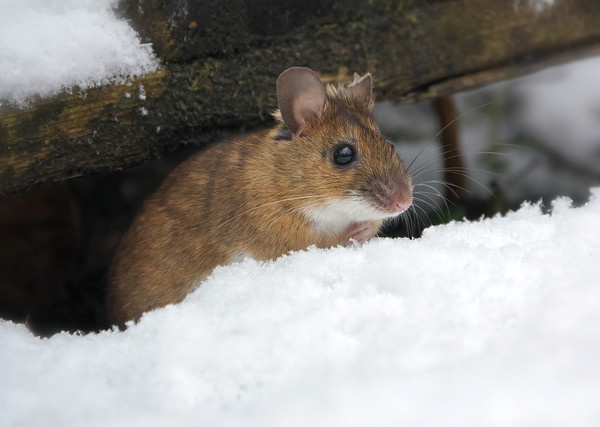Salt Marsh Harvest Mouse
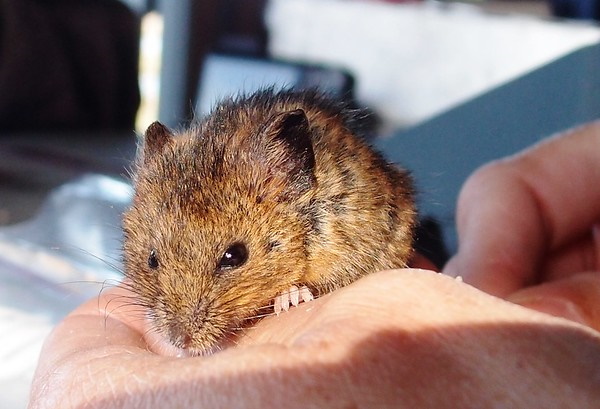
It ain’t easy livin’ in the Bay Area – just ask the Salt Marsh Harvest Mouse (Reithrodontomys raviventris). This endangered rodent species is comprised of several similar subspecies native to the salt marshes to the north, east and south of San Francisco Bay. Compared to other species of mice, the Salt Marsh Harvest Mouse is an accomplished climber and a skilled swimmer. (image via USFWS Pacific Southwest Region)
* Mini Mouse Factoid: Though closely related to the Plains Harvest Mouse, the Salt Marsh Harvest Mouse has evolved to survive and thrive while only drinking salt water. Who’s thirsty now?
Golden Mouse
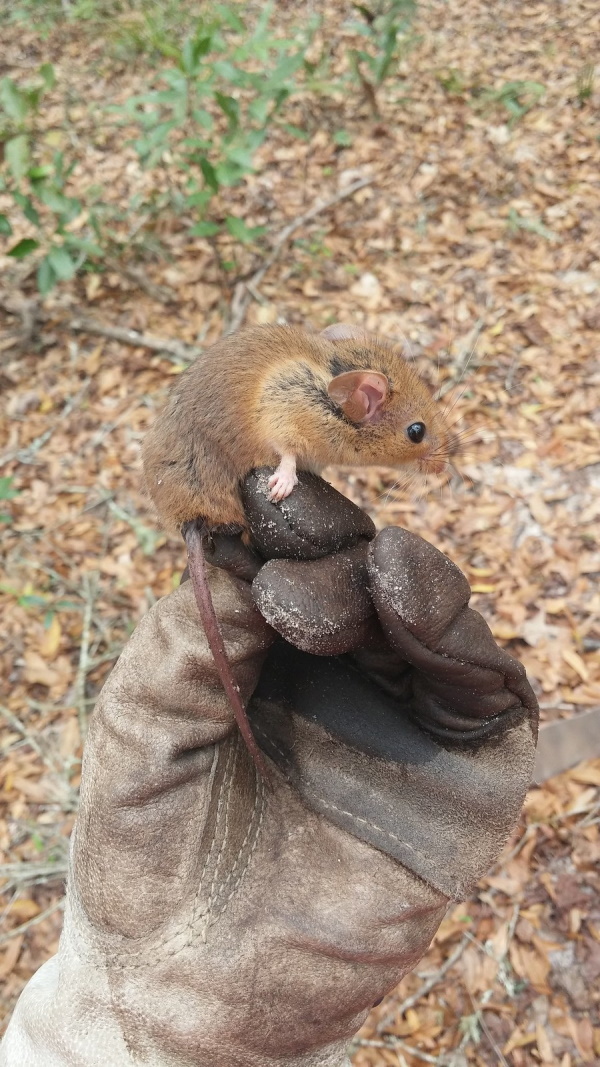
The Golden Mouse (Ochrotomys nuttalli) is native to the southeastern United States, westward to eastern portions of Texas and northward to parts of West Virginia. Golden Mice are neither endangered nor is their wild population fragmented. With that said, however, mice in different regions will show variations in the “golden-ness” of their fur. (image via Florida Fish and Wildlife)
* Mini Mouse Factoid: The Golden Mouse is a skillful and diligent nest-builder who may “renovate” abandoned bird nests when the opportunity presents itself. Most Golden Mouse nests have but a single entrance but there may be more – one nest was described as having 57 entrances!
Kangaroo Mouse
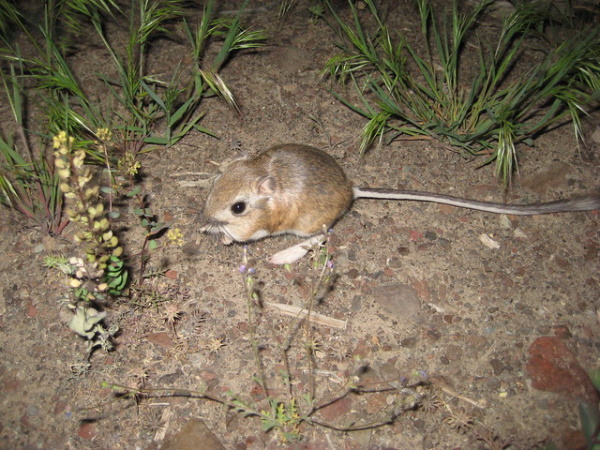
Not to be confused with its larger and better-known cousin the Kangaroo Rat, the Kangaroo Mouse is somewhat smaller in size and… well, that’s about it. The average person would likely confuse an adult Kangaroo Mouse with a young Kangaroo Rat, especially since both types of long-tailed Jumping Mice are native to the same desert areas of the southwestern United States. (image via Nick Bonzey)
* Mini Mouse Factoid: There are actually two different species of Kangaroo Mouse: the Dark Kangaroo Mouse (Microdipodops megacephalus) and the Pale Kangaroo Mouse (Microdipodops pallidus). The former has darker fur, the latter’s fur is lighter. C’mon people, this ain’t rocket science!
Flying Mouse
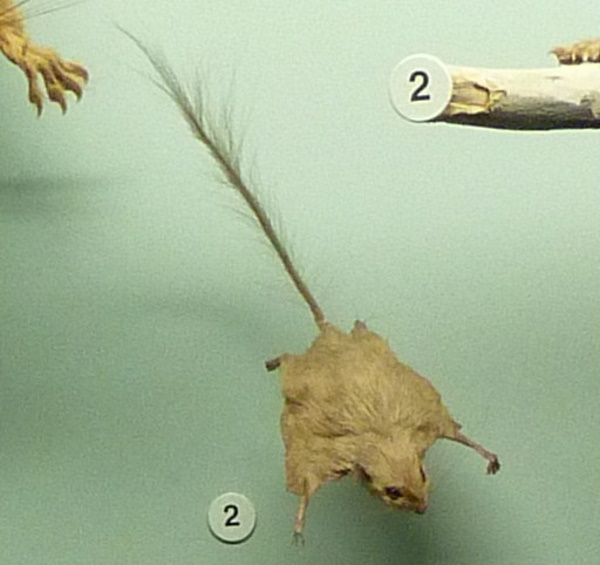
Flying Mice aren’t actually true mice; they’re very small members of the Flying Squirrel family. That said, they’re not true squirrels either and are not able to fly as birds and insects do, proving that zoologists basically enjoy messing with us. But we digress: these unusual mammals are native to poorly-explored rainforest regions of central and western Africa. Two species of these nocturnal creatures have been documented: the Long-eared Flying Mouse (Idiurus macrotis) and the Pygmy Scaly-tailed Flying Squirrel (Idiurus zenkeri). (image via Eveha, via Totodu74)
* Mini Mouse Factoid: It’s thought that one or both species of Flying Mouse may live in tree-hollow colonies comprising dozens of individuals, and that they may share their shelters with bats. In German, “bat” translates to “fledermaus” which derives from – you guessed it – “flying mouse”. Roll the credits!
Do you prefer rodents of the cuter, more stripey variety? Check out Go Nuts! The 7 Most Amazing Chipmunk Species!

